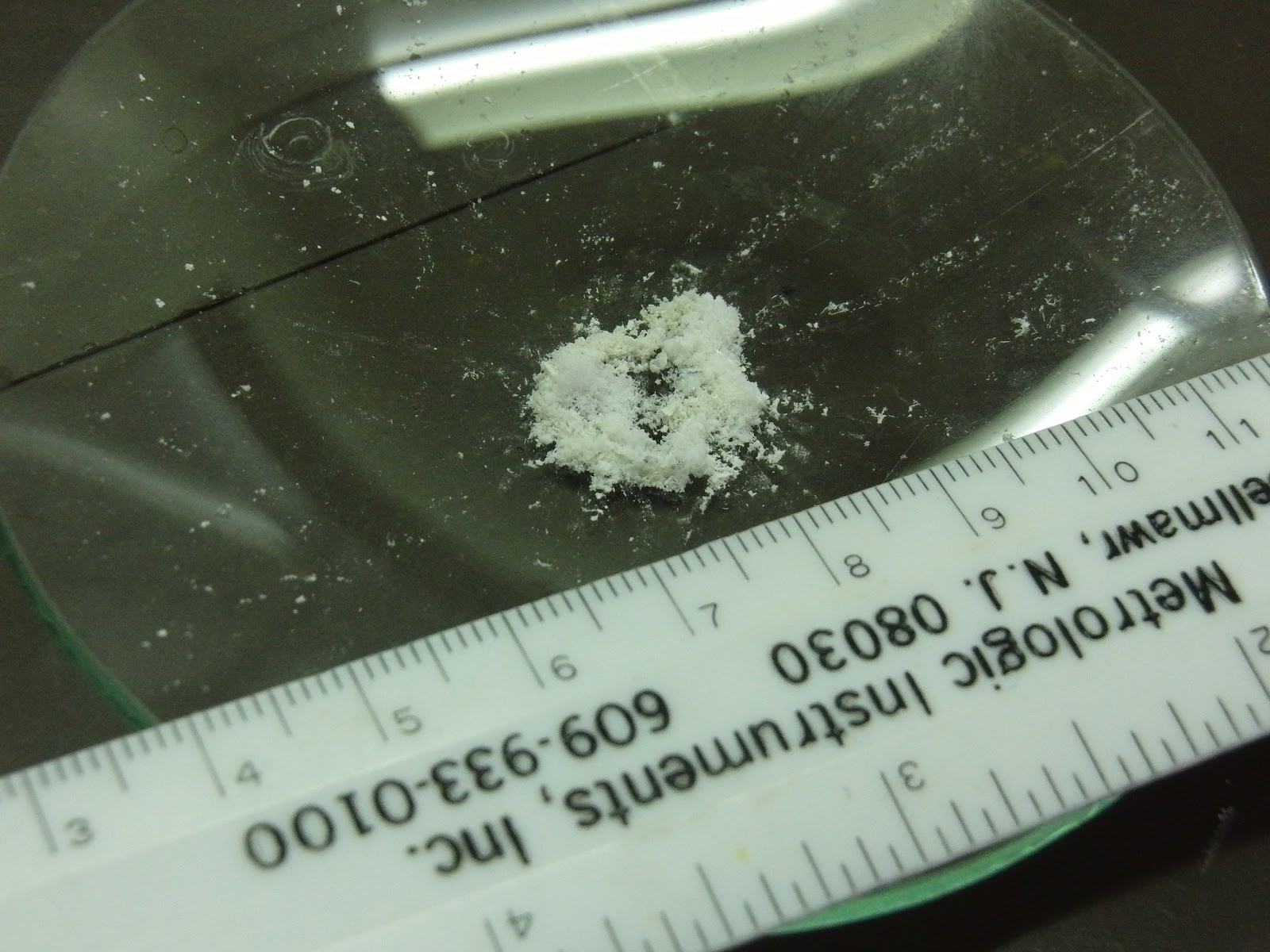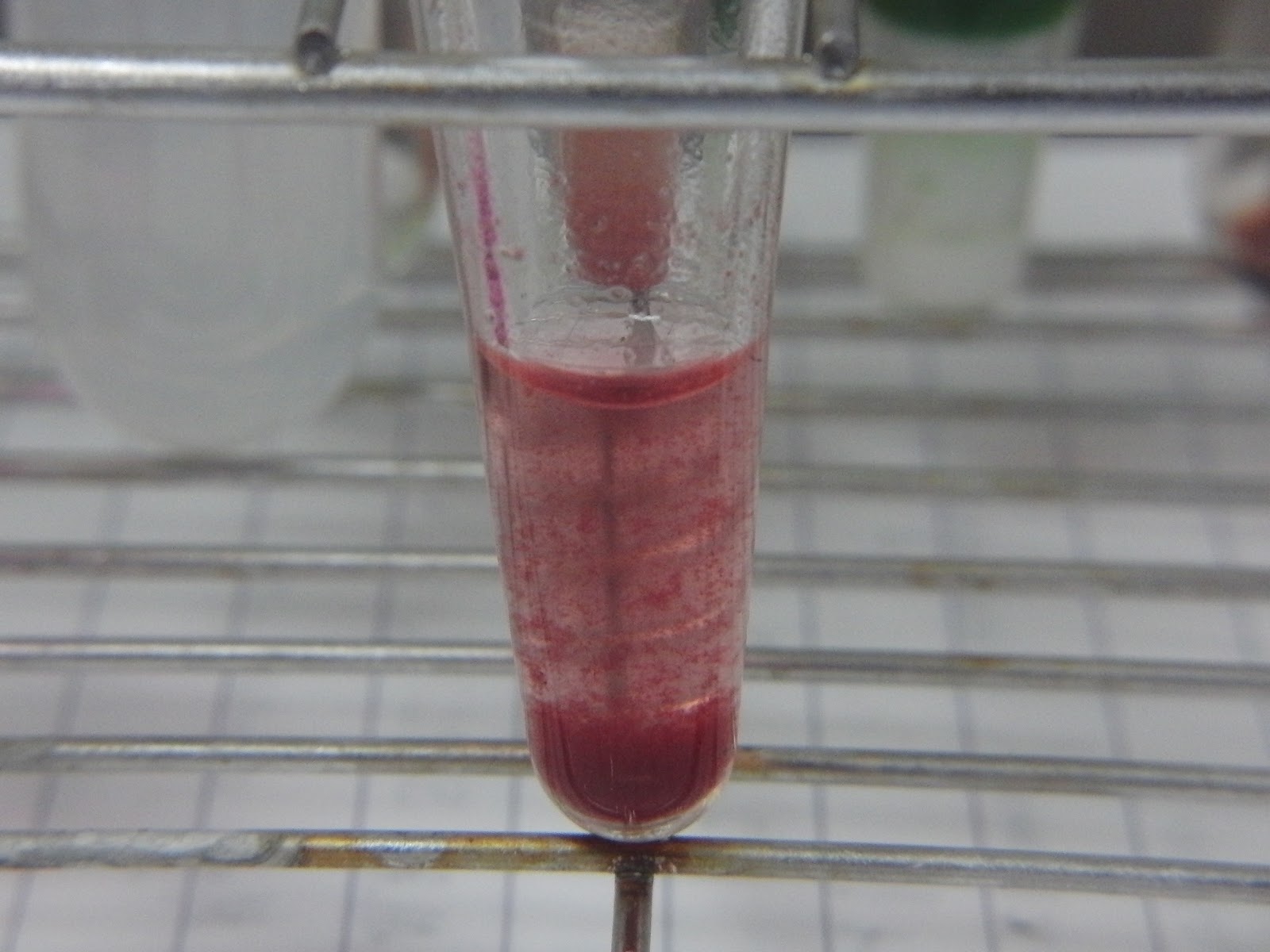Caffeine is a bitter, white crystalline xanthine alkaloid that acts as a stimulant drug.
Caffeine is found in varying quantities in the seeds, leaves, and fruit of some plants, where it acts as a natural pesticide that paralyzes and kills certain insects feeding on the plants. It is most commonly consumed by humans in infusions extracted from the seed of the coffee plant and the leaves of the tea bush.
In humans, caffeine acts as a CNS (central nervous system stimulant), temporarily warding off drowsiness and restoring alertness. It is the world's most widely consumed psychoactive drug, but, unlike many other psychoactive substances, it is both legal and unregulated in nearly all parts of the world.
Product
Name
|
Serving
Size
|
Caffeine(mg)/serve
|
Caffeine(mg/L)
|
Coffee, decaffeinated
|
207 mL (7.0 US fl oz)
|
5–15
|
24–72
|
Coffee, espresso
|
44–60 mL (1.5–2.0 US fl oz)
|
100
|
1,691–2,254
|
Tea – black, green, and other types, –
steeped for 3 min.
|
177 millilitres
(6.0 US fl oz)
|
22–74
|
124–416
|
Guayakí yerba mate (loose leaf)
|
6 g (200 US fl oz)
|
85
|
approx. 358
|
Coca-Cola Classic
|
355 mL
(12.0 US fl oz)
|
34
|
96
|
References from Wikipedia
Chemical:
Dichloromethane: 20mL
Dichloromethane: 20mL
Sodium
carbonate monohydrate: ~7g
Tea
leaf (High Mountain Oolong Tea): 10.00g
Magnesium sulfate anhydrous: Some
Procedure:
Extraction of Crude Caffeine
from Tea Leaves
1.
Weight about 10g of tea leaves (precise to 0.01g).
2.
Dissolve sodium carbonate in 50mL water.
3.
Pour the solution onto tea leaves
4.
Boil the cup of tea for 20~30 minutes.
At the beginning of heating
5.
Cool the solution to below 20℃ in ice bath
6.
Decant the thick, dark solution into a separatory funnel.
Very Thick Tea
7.
Add another 10mL water to wash the tea leaves and also
decant into the separatory funnel.
8.
Add 10mL dichloromethane into the separatory funnel to
extract caffeine from aqueous layer.
9.
Add another 10mL dichloromethane to extract caffeine again
and combine it with the other extraction.
10. Pour the
dichloromethane solution in to a flask.
We can clearly see, there are still some aqueous in the solution
11. Add enough magnesium sulfate to remove water from the organic solvent.
We added some magnesium sulfate to remove water
12. Separate the desiccant(magnesium sulfate) from the solution.
Use a pill of cotton and a funnel could remove desiccant faster than a filter paper
13. Use a rotary to
evaporate all the solvent dichloromethane.
14. Now we get the
crude caffeine
The sublimation of crude caffeine
1.
Take our crude caffeine in to a flask
2.
Put on a stop with a hole with a test tube and the test
tube is filled with iced water.
3.
Put the apparatus onto a hot plate and control the surface
temperature around 180℃(because the sublimation
point of caffeine is 178℃ under an atmosphere)
4.
Keep the water in the test tube
cold.
Caffeine start deposition on a cold surface(the test tube)
5.
After no longer substance
sublimating, take the apparatus from the hot plate.
6.
Collect all the sublimated
caffeine from the vessel
Collect the caffeine from the test tube
Total caffeine which was purified from sublimation
Analysis
Name
|
Unit
|
Weight
of Tea Leaves (g)
|
10.140
|
Weight
of Crude Caffeine (g)
|
0.050
|
Weight
of Sublimated Caffeine (g)
|
0.020
|
Crude
Caffeine / Tea Leaves (g/g)
|
0.005
|
Sublimated
Caffeine / Tea Leaves (g/g)
|
0.002
|
































